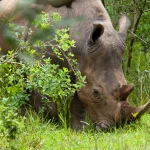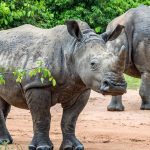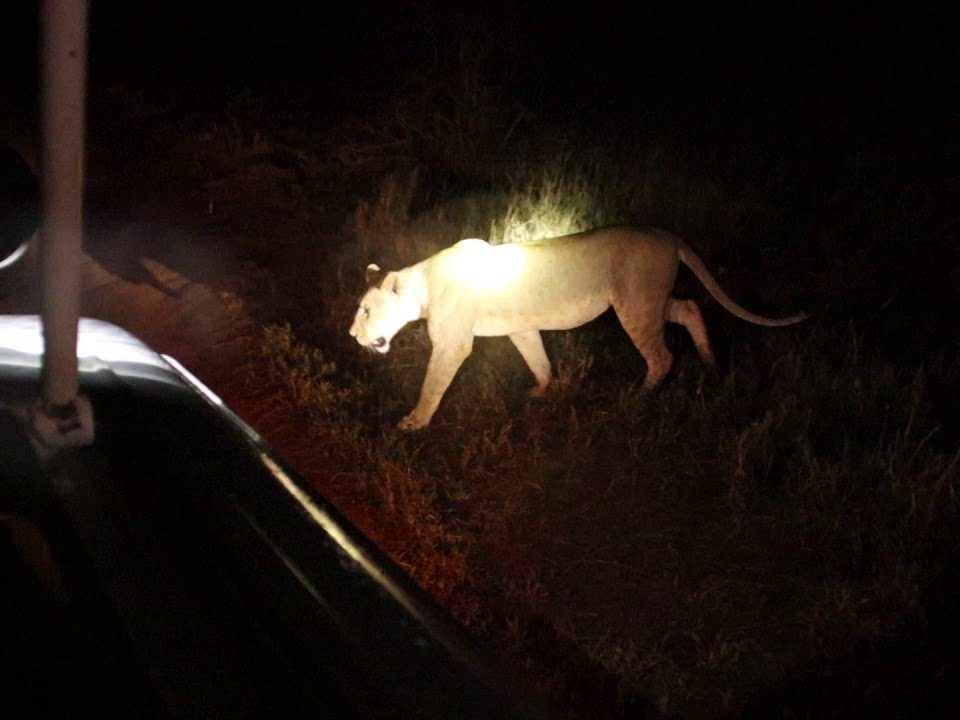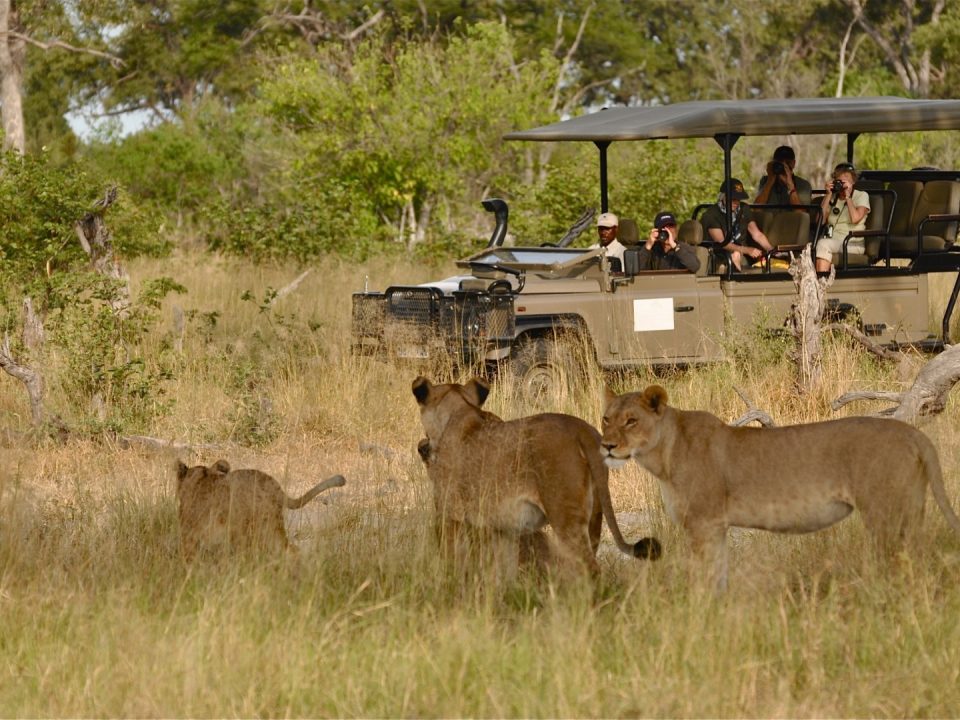
Why Is Ziwa Rhino Sanctuary Important for Conservation in Uganda?
July 2, 2025
How Long Does a Rhino Tracking Activity Take at Ziwa Rhino Sanctuary?
July 2, 2025Are There Other Wildlife Species to See at Ziwa Rhino Sanctuary Besides Rhinos?
Introduction: Beyond Ziwa Rhinos in Your Uganda Safari Plan
“Are there other wildlife species to see at Ziwa Rhino Sanctuary besides rhinos?” is a question we are frequently asked by Star Wilderness Safaris travelers. While tracking Ziwa Rhinos remains the sanctuary’s top attraction, this conservation area offers a richer wildlife safari experience that extends well beyond rhinos. Nestled in central Uganda and serving as a launchpad to Murchison Falls Safaris, Gorilla Trekking, Chimpanzee Tracking, or even a cross-border Rwanda safari, Ziwa presents an immersive wildlife preview. In the coming sections, we reveal the diverse mammals, birds, reptiles, and cultural experiences you can enjoy alongside your rhino tracking—plus how to combine this with Uganda Gorilla Trekking for an enriched East African journey. Each paragraph reinforces our title phrase, ensuring clarity and consistent relevance throughout your Uganda safari narrative.
Antelopes, Primates, and More: Mammals at Ziwa
Discovering Mammalian Diversity Beyond the Rhinos
Yes—“Are there other wildlife species to see at Ziwa Rhino Sanctuary besides rhinos?” Absolutely. While Ziwa Rhinos remain a major draw, the sanctuary’s diverse habitats—woodlands, grasslands, wetlands—provide refuge to a variety of mammals. Visitors frequently encounter Uganda kob, waterbuck, bushbuck, oribi, warthog, and occasional hartebeest during nature walks or short game drives. Small primates such as vervet monkeys and the striking black-and-white colobus monkey are commonly spotted in forested sections. These sightings enrich your wildlife safari, offering foreground context to your upcoming Murchison Falls Safari or Chimpanzee Tracking and Gorilla Trekking adventures. By the time you prepare for Uganda Gorilla Trekking, you will already have experienced Uganda’s bush in miniature—an ideal primer for deeper wildlife encounters.
Birding Paradise: 300+ Species at Ziwa
Exploring the Aviary Tapestry Beyond the Iconic Rhinos
Given the question, “Are there other wildlife species to see at Ziwa Rhino Sanctuary besides rhinos?”, the answer lies partly in its vibrant birdlife. With over 300 recorded bird species, Ziwa ranks among Uganda’s premier birding spots—ideal for both seasoned wildlife safari enthusiasts and casual travelers on a Uganda safari. Noteworthy birds include the legendary shoebill stork, African fish eagle, goliath heron, grey crowned crane (Uganda’s national bird), turquoise turaco, and many kingfishers and ducks. Birdwatching experiences typically involve early-morning guided walks and canoe trips through Lugogo Swamp, where guests may spot shoebills gliding silently through papyrus stands. This dual bird and rhino experience sets the tone for biodiversity appreciation that complements Chimpanzee Tracking in Kibale or Gorilla Trekking further south, as well as optional Rwanda safari excursions into Volcanoes National Park for Gorilla Trekking Rwanda.
Reptiles, Amphibians, and Nocturnal Wonders
Discovering Hidden Wildlife Gems at Night and Day
Expanding the conversation—are there other wildlife species to see at Ziwa Rhino Sanctuary besides rhinos?—the answer also encompasses amphibians, reptiles, and nocturnal creatures. During a short boat trip, you might spot Nile crocodiles basking near the water’s edge and monitor lizards stalking the banks. Land explorations can reveal colorful frogs, small snakes, and insects underfoot. After dark, guided night walks showcase Uganda’s nocturnal life: porcupines, bushbabies, genets, and frogs chorus to illustrate the sanctuary’s full ecological breadth. These distinctive encounters enrich your wildlife safari with experiences rare in other parks, priming you for the forests of Uganda and the mountainous terrain of Gorilla Trekking in Bwindi or Chimpanzee Tracking in Kibale—or the misty slopes of Gorilla Trekking Rwanda.
Cultural Immersion: Beyond Fauna to Local Heritage
Engaging with Communities Alongside Wildlife Viewing
Your safari should ask: “Are there other wildlife species to see at Ziwa Rhino Sanctuary besides rhinos?”—but also: What about people? With Star Wilderness Safaris, cultural immersion complements wildlife viewing. Within easy reach of the sanctuary, you can visit Banyoro and Acholi villages for storytelling, traditional dance, drum-making, and craft demonstrations. These visits not only enliven the safari narrative but also funnel tourism revenue directly into local conservation efforts. Guests appreciating Ziwa Rhinos learn the significance of wildlife-to-human harmony. This cultural compass sets the stage for deeper engagements during Uganda Gorilla Trekking in Bwindi, Chimpanzee Tracking in Kibale, or a cultural-ecotourism enriched Rwanda safari and Gorilla Trekking Rwanda.
Habitat Conservation and Ecosystem Diversity
Ziwa as a Microcosm of Uganda’s Ecological Health
The question “Are there other wildlife species to see at Ziwa Rhino Sanctuary besides rhinos?” also reflects the sanctuary’s larger role in habitat conservation. At 70 km², Ziwa offers a representative sample of Uganda’s woodland, grassland, and papyrus wetland ecosystems—all essential to species survival. Beyond mammals and birds, guests on a wildlife safari witness its health in the abundance of frogs, insects, reptiles, and the interaction of large mammals and smaller scavengers. This intact ecosystem highlights why Star Wilderness Safaris include Ziwa as the starting point before heading to deeper Uganda safari zones—Murchison Falls, Chimpanzee Tracking, and the highlands of Uganda Gorilla Trekking. It is also purposefully designed to align with Rwanda’s Volcanoes ecosystem, reinforcing biodiversity corridors.
Multi-Visit Itineraries: From Ziwa to Gorillas and Beyond
Seamless Safari Planning with Diverse Wildlife and Experiences
After addressing “Are there other wildlife species to see at Ziwa Rhino Sanctuary besides rhinos?”, you’re ready for multi-park safari adventures. Star Wilderness Safaris often recommends a 7–12 day itinerary that begins tracking Ziwa Rhinos, moves north to Murchison Falls Safaris, then travels south through Queen Elizabeth to Chimpanzee Tracking in Kibale, Uganda Gorilla Trekking in Bwindi or Mgahinga, and optionally on to a Rwanda safari with Gorilla Trekking Rwanda in Volcanoes Park. Each leg builds on biodiversity—from antelopes and birds to primates and gorillas. These itineraries balance wildlife, cultural immersion, conservation impact, and hands-on local engagement.
Eco-Friendly Touring: Conservation and Responsible Travel
Ethical Safari Synergy Across Uganda and Rwanda
Is there wildlife beyond rhinos at Ziwa Rhino Sanctuary? The answer is yes—and your visit supports ethical tourism and conservation across East Africa. Star Wilderness Safaris ensures all profits benefit local communities, wildlife protection, and habitat restoration. Our group sizes are small, transport sustainable, and lodges eco-certified. By viewing Ziwa Rhinos and discovering other species, you directly contribute to Uganda’s conservation progress. Extend that support as you visit gorillas, chimpanzees, and Rwanda’s conservation programs. This approach connects your time to real change—from rhino spoor to primate trekking paths.
Final Thoughts: A Rich Wildlife Tapestry Beyond Rhinos
Are there other wildlife species to see at Ziwa Rhino Sanctuary besides rhinos? The answer: Absolutely. From antelopes and monkeys to birds, reptiles, amphibians, and culturally rich community life, Ziwa offers a microcosm of Uganda’s biodiversity. With Star Wilderness Safaris, your journey gains narrative depth—from rhino tracking to a full wildlife safari culminating in Gorilla Trekking Uganda, Chimpanzee Tracking, and the optional adventure of a Rwanda safari and Gorilla Trekking Rwanda. So while the rhinos may be the initial attraction, your safari experience will extend into a rich journey of conservation, culture, and wildlife exploration that defines East Africa. Thank you for joining us on this extended wildlife adventure.




